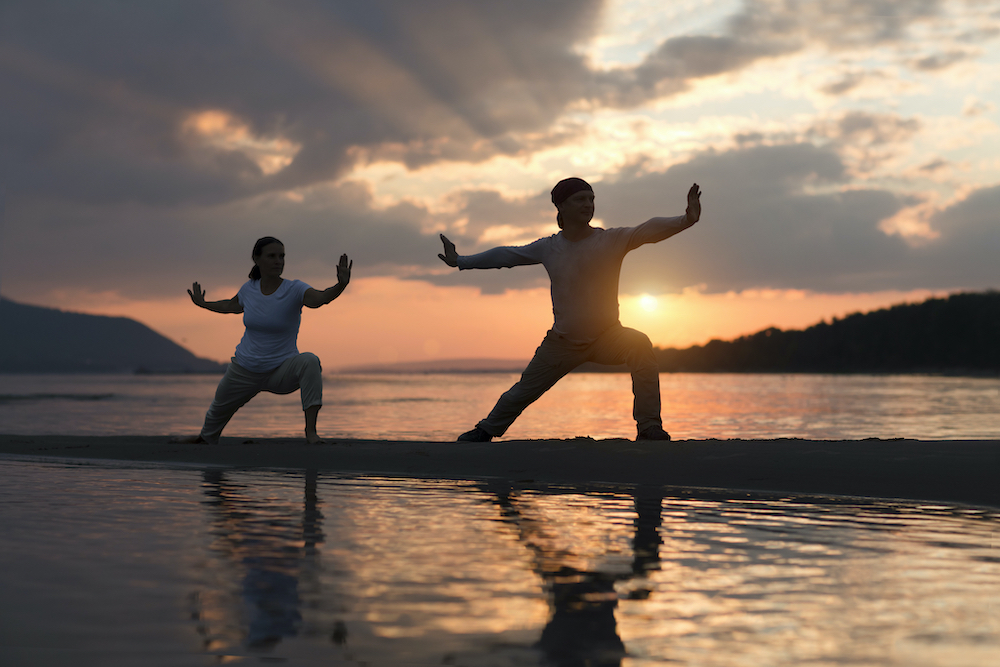
We have all heard somebody, whether in real life or on the television, claim to have a supernatural ‘sixth sense’. You may even believe you have one yourself.
The truth is you could be right.
If you can stand on one leg with your arms out and pass an imaginary rock back and forth between your hands, you might just be in touch with your kinaesthetic sense.
According to parkour expert Dan Edwardes, this exercise is an excellent test of your proprioceptive skills, which relate to your awareness of the position and movement of your body parts through the sensory organs (proprioceptors) in your muscles and joints.
Essentially, this allows us to perform multiple physical tasks at the same time without stopping to think about each one separately.
Examples of proprioception can be seen in simple activities such as touching your nose with your eyes closed or finding something in your bag whilst talking without looking down. In sport, athletes use their proprioceptive sense to orient their bodies mid-air during a somersault in gymnastics or running whilst dribbling the ball in basketball.
Dan Edwardes said, “Any complex movement skill, from jumping to vaulting to climbing, requires a high level of proprioception.
“Think of adding these moves to your daily movement ‘diet’ to keep yourself strong and functional.
Exercise physiologist Dr Milica McDowell commented, “In the last five years, we’ve learned a lot about the brain through functional MRI studies, and that’s allowed us to more deeply understand which regions of it are most involved in proprioceptive processing.
“Research has identified specific neural pathways and brain regions, such as the cerebellum and somatosensory cortex, that are involved – and that’s allowing us to understand a lot more about how to protect our proprioception throughout our lives.”
Proprioception can both affect our health and be affected by it. Strokes, neurological disorders or even diabetes can hinder our kinaesthetic sense.
Milica McDowell said, “As we age, proprioceptive abilities can decline, leading to increased risk of falls and reduced coordination.
“If you notice your elder family members having a tough time with coordinated movements or fine motor tasks like typing or playing cards, proprioceptive decline is at least partly to blame.”
Crucially, studies suggest that proprioception can be improved through targeted exercises which challenge your balance or hand-eye coordination.
In its simplest form, proprioception can be practiced by standing on one leg whilst performing day-to-day tasks such as brushing your teeth or practicing movements with your eyes closed.
Core-strengthening exercises can also help to improve your balance, which contributes to your proprioceptive ability.
Of course, mind-body exercises such as pilates, tai chi and yoga are excellent for working on proprioception through slow, purposeful movement which creates a sense of your body’s position in a space.
Working to improve proprioception has a positive effect on health and lifespan, reducing the chance of a fall in later life, helping avoid injury in daily activities and improved coordination which makes us more likely to enjoy movement and therefore be inclined to be active more regularly.
Here you will find 10 exercises to improve your proprioception, according to Healthline.
Specialist PR agency
We at Famous Publicity serve clients who want support from public relations professionals who can assist them with their communication programmes. Our work includes PR strategy, media liaison, writing, marketing, brochure and web design.
Our clients want support from people who will be proactive in their approach and who have their clients’ interests at the heart of what they do.